Lisfranc Fracture
Lisfranc injuries are a serious matter. They can sideline athletes for months, sometimes longer, and often require surgery. Unfortunately, they are also rather common in sports. What is a Lisfranc injury, you ask? We’re here to tell you. Keep reading to learn more about this injury and what you can do to prevent it.
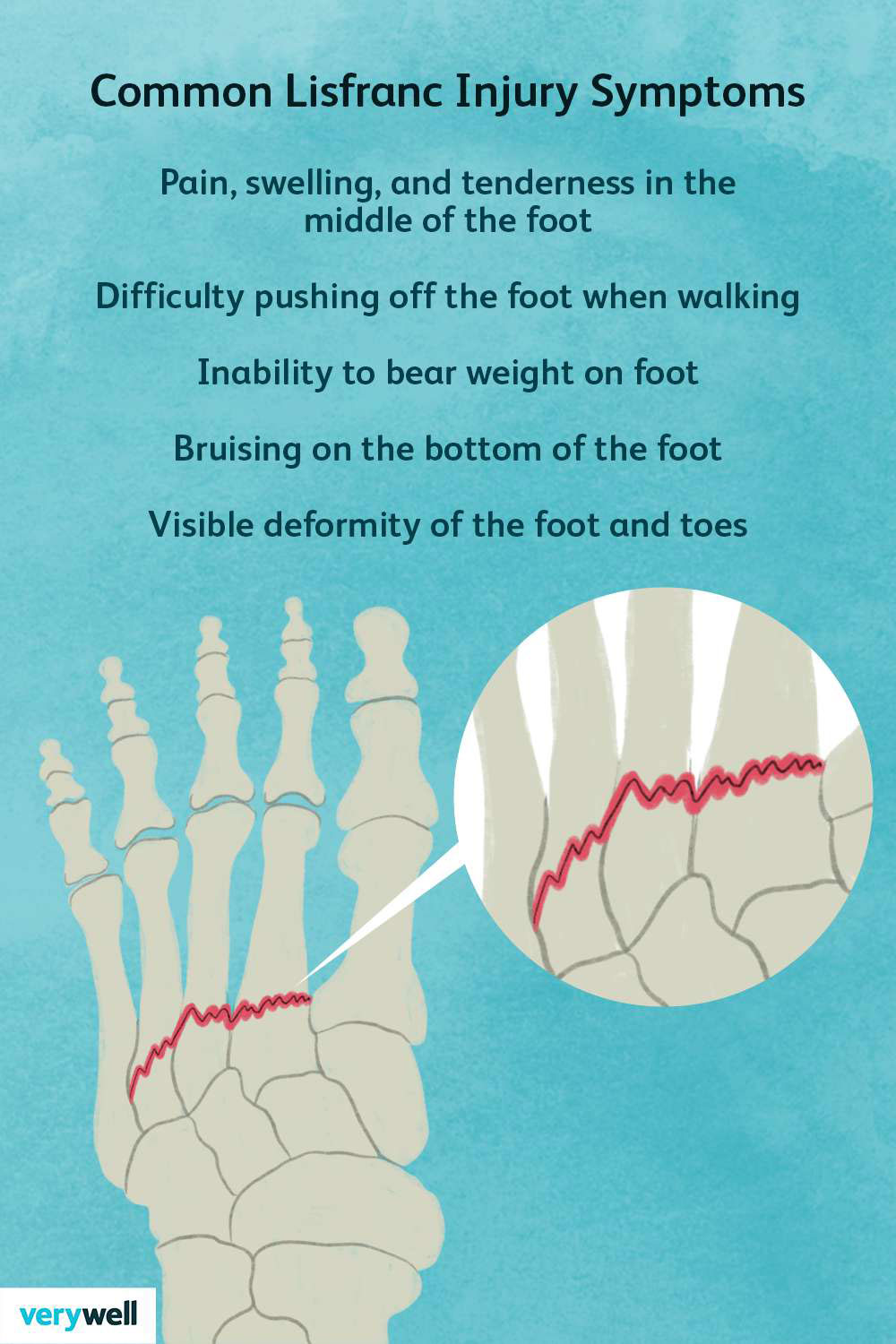
What is a Lisfranc injury?
The Lisfranc injury is a serious foot injury that occurs when the bones in the middle of your foot are dislocated or broken. This type of injury is named after Jacques Lisfranc de St. Martin, a French surgeon who first described this type of injury in 1815.
Lisfranc joint injuries can range from a simple dislocation of a bone to a complex fracture. In most cases, the lisfranc joint fracture is caused by a fall or a car accident. However, it can also be caused by a sports injury, such as an ankle sprain.
Lisfranc injuries are relatively rare, but they can be very serious. If you have this type of injury, it’s important to seek medical attention right away. Treatment for a Lisfranc injury often requires surgery.
Without treatment, a Lisfranc injury can lead to long-term problems, such as chronic pain, arthritis, and disability. If you have a Lisfranc injury, your best chance for a full recovery is to get early and comprehensive treatment.
If you think you have a Lisfranc injury, see your doctor right away. Early diagnosis and treatment are essential for a good outcome.
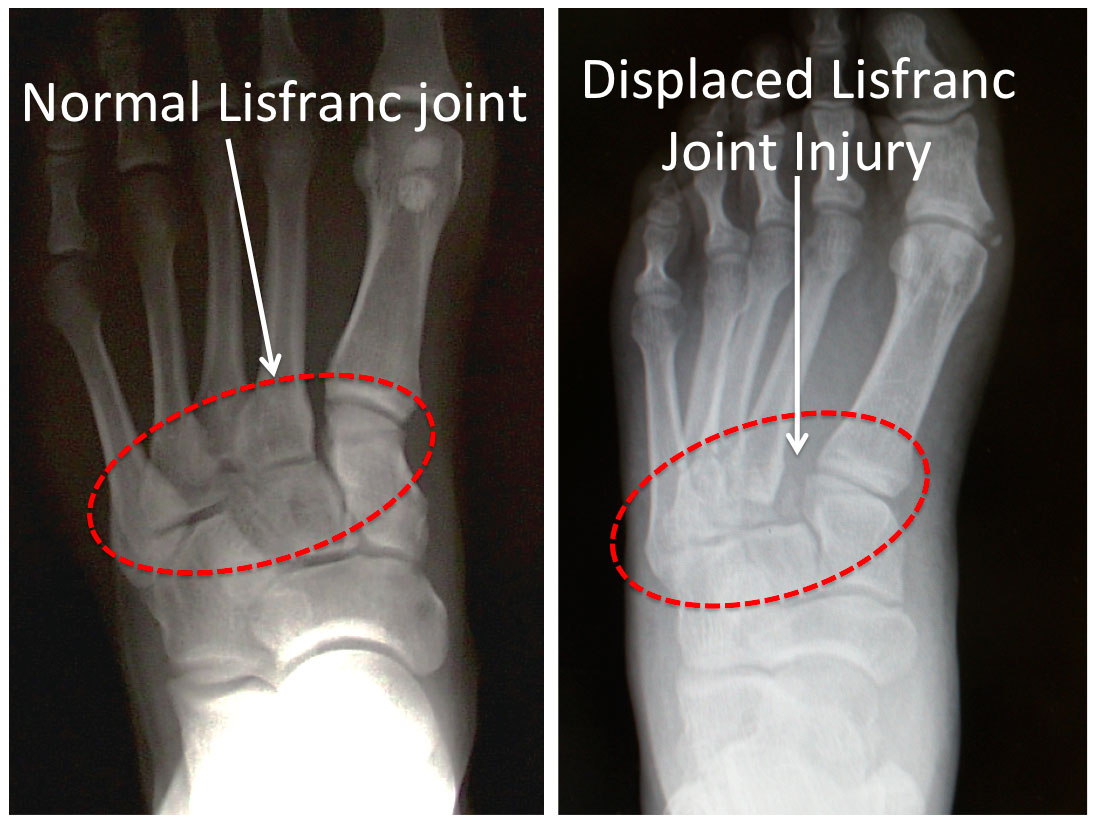
How do you end up with a Lisfranc injury?
There are a few ways that you can end up with a Lisfranc injury. The most common way is by having a fall or an accident that causes your foot to twist in an unnatural way.
This can happen if you land on your foot awkwardly when you’re playing sports, or if you’re in a car accident and your foot gets caught under the dashboard.
You can also get a Lisfranc injury if you have arthritis in your foot, which can cause the bones to rub against each other and eventually break.
If you think you might have a Lisfranc injury, it’s important to see a doctor right away. These injuries can be very serious and even debilitating if they’re not treated properly.
Your doctor will likely take X-rays of your foot to look for signs of a fracture or dislocation, and then will recommend treatment based on the severity of your injury.
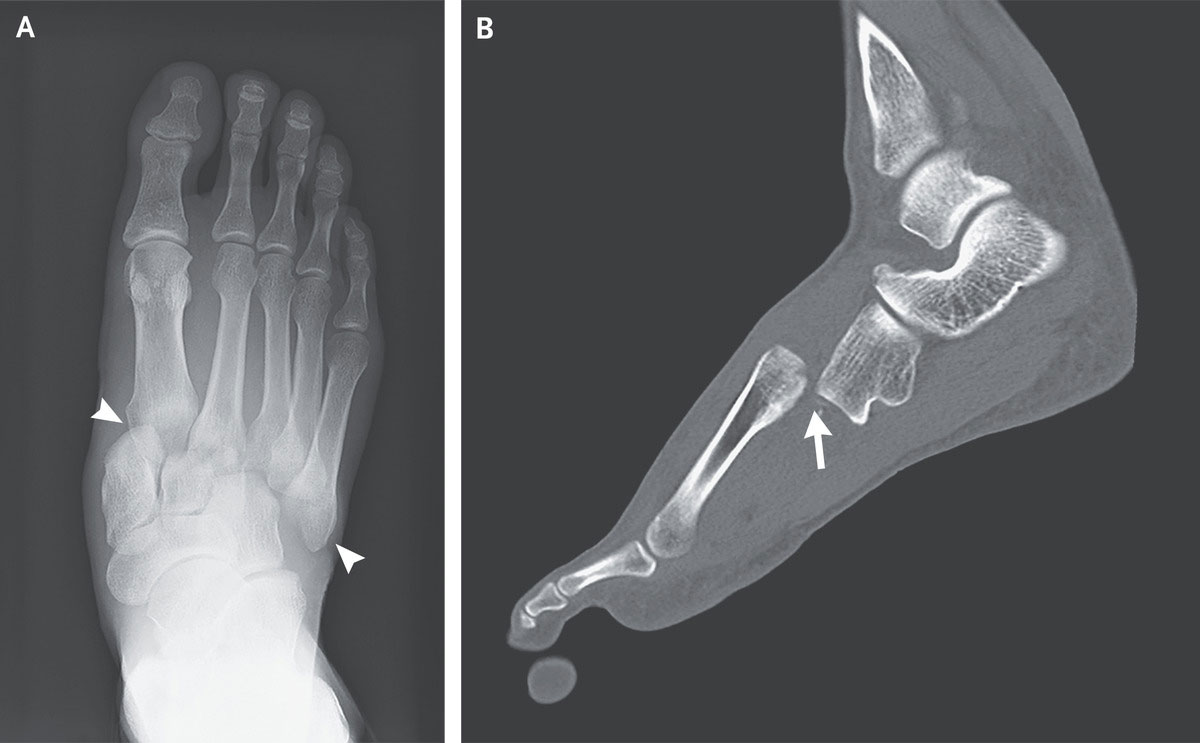
Symptoms of a Lisfranc injury
The symptoms can vary, depending on the severity of the injury. Mild Lisfranc injuries may cause only pain in the top of the foot, which is aggravated by walking or other activities.
More severe injuries can cause pain and swelling in the entire foot, as well as bruising on the bottom of the foot. In some cases, a visible deformity may be present.
If you think you have a Lisfranc injury, it’s important to see a doctor right away. These injuries can often be misdiagnosed as something less serious, such as a sprain.
A Lisfranc injury that goes untreated can lead to long-term problems with the foot, including arthritis.
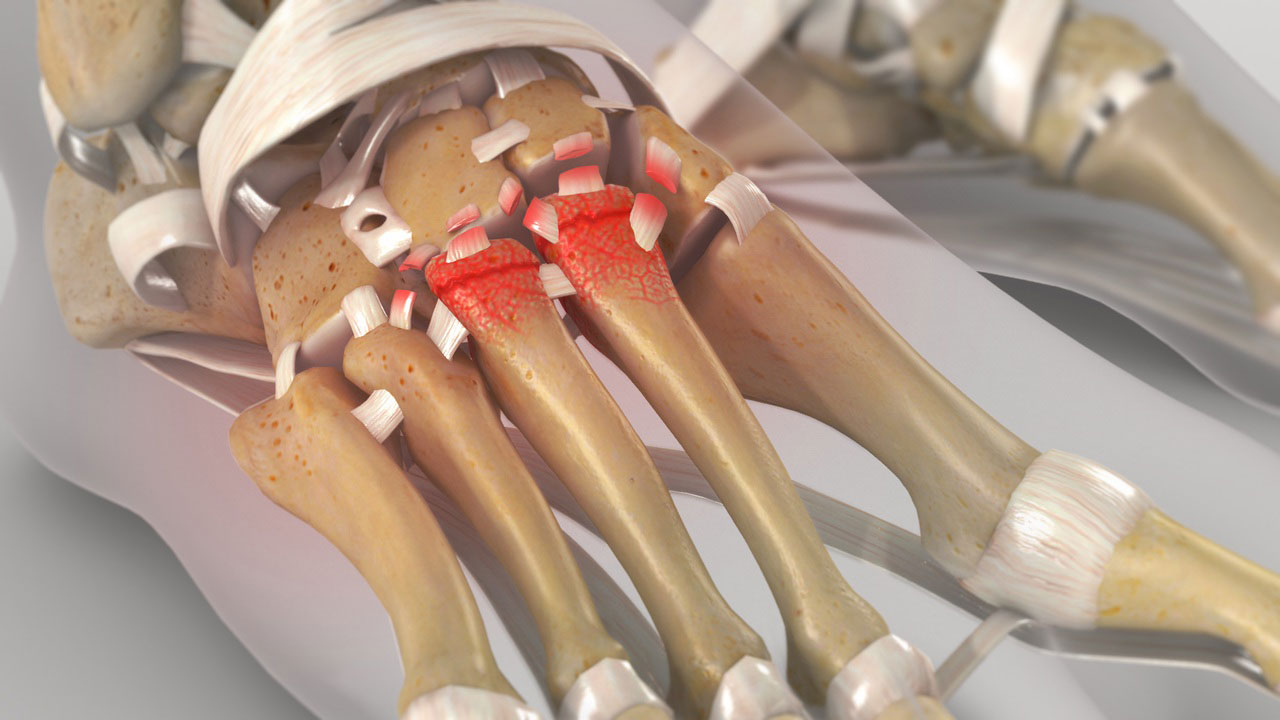
How to treat a Lisfranc injury?
There are a few different ways that a Lisfranc injury can be treated, depending on the severity of the injury.
For minor injuries, immobilization in a boot or cast may be enough to allow the ligaments and broken bones to heal properly.
More severe injuries may require surgery to correct the issue. In either case, it is important to follow your doctor’s instructions carefully to ensure a full recovery.
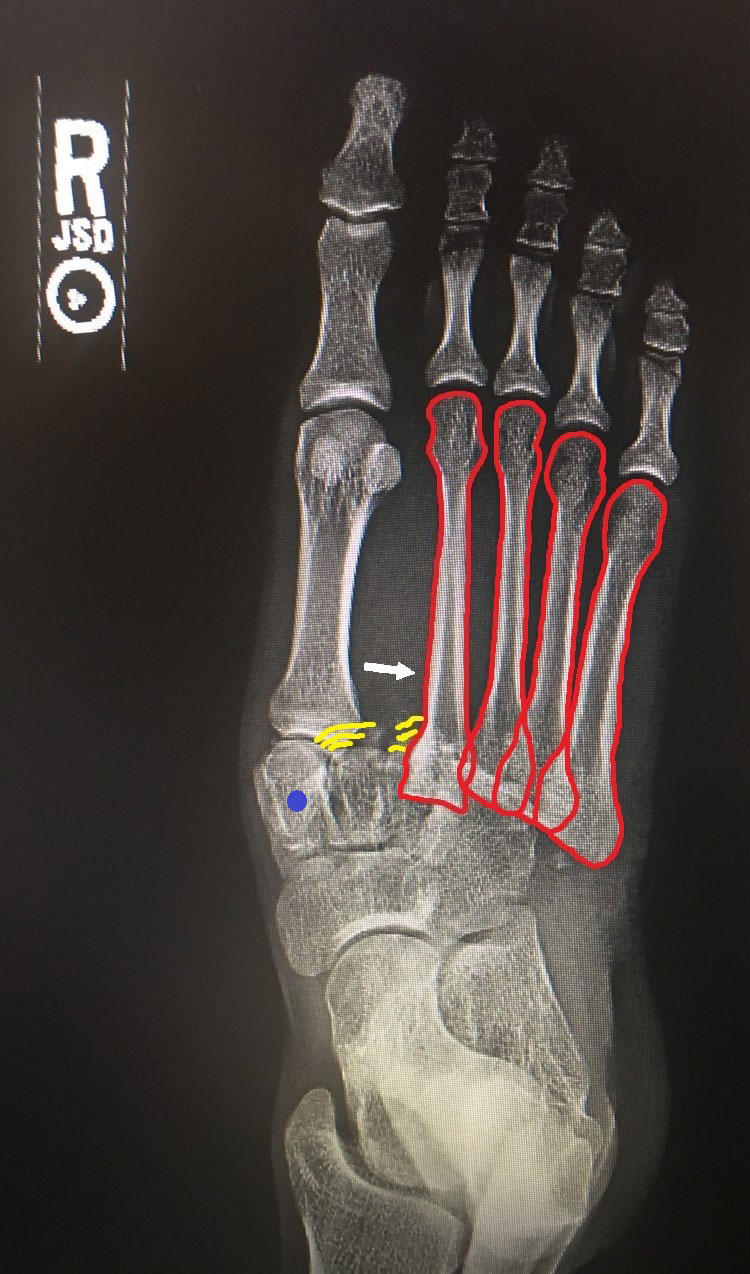
Recovery time for a Lisfranc injury
The recovery time can be anywhere from a few weeks to a few months. Many times, surgery is required to correct the problem. The type of surgery will depend on the severity of the injury. For minor injuries, a simple procedure called arthroscopy may be all that is needed.
This involves making small incisions in the foot and using a camera to look inside. The surgeon can then make any necessary repairs. More severe injuries may require open surgery, which involves making a large incision in the foot.
This type of surgery usually takes longer to recover from and may require a period of physical therapy afterward.
Lisfranc injuries can be very painful and debilitating. It is important to see a doctor as soon as possible if you think you may have injured your foot in this way. Early diagnosis and treatment can help to ensure a full and speedy recovery.
The most important thing to do if you think you have suffered a Lisfranc injury is to seek medical attention immediately. Once diagnosed, the type of treatment will depend on the severity of your injury.
For minor injuries, arthroscopic surgery may be all that is needed. This involves making small incisions in the foot and using a camera to look inside. The surgeon can then make any necessary repairs. More severe injuries may require open surgery, which involves making a large incision in the foot.
This type of surgery usually takes longer to recover from and may require a period of physical therapy afterward.
Lisfranc injuries can be very painful and debilitating. It is important to see a doctor as soon as possible if you think you may have injured your foot in this way. Early diagnosis and treatment can help to ensure a full and speedy recovery.
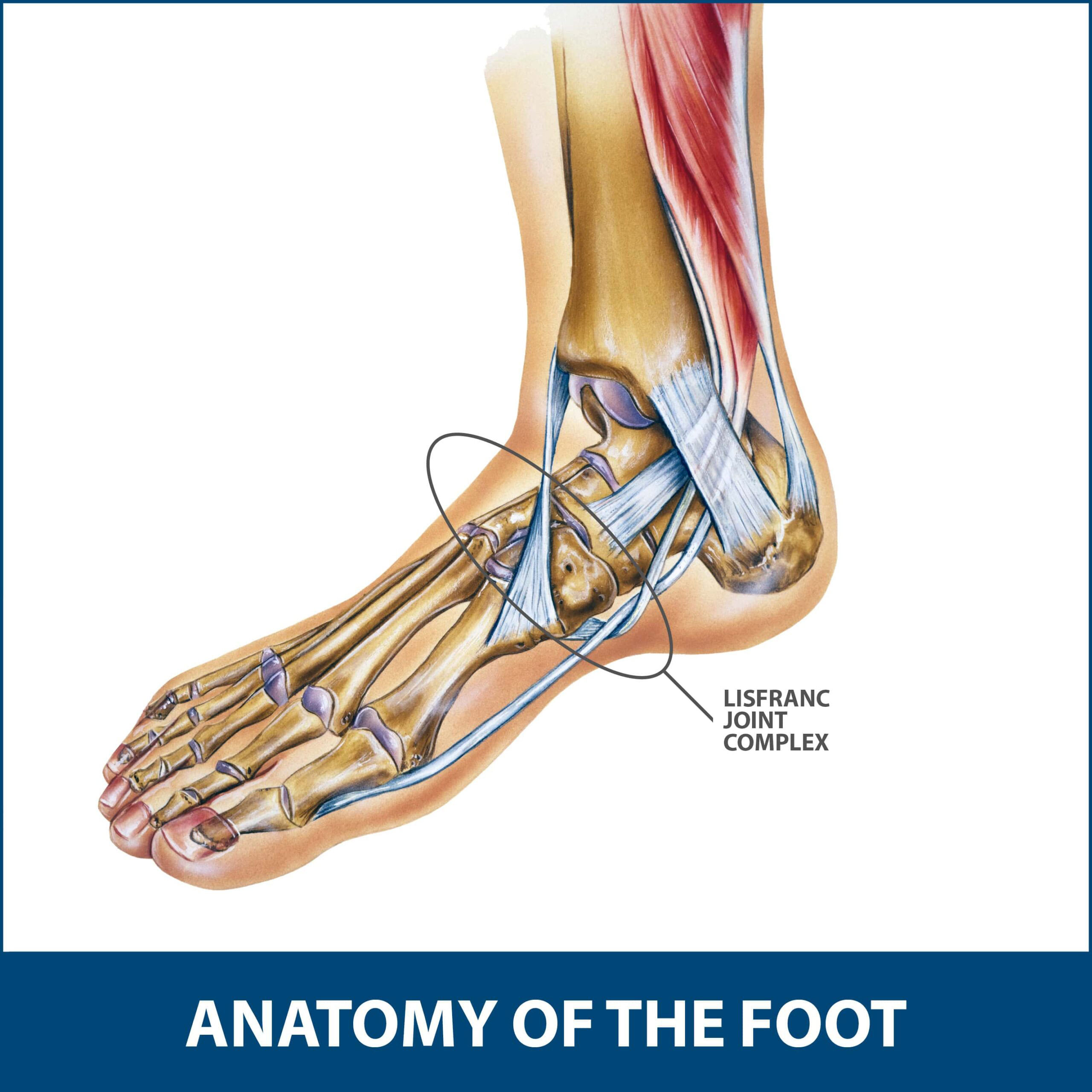
How to speed up the recovery?
If you have a Lisfranc injury, there are some things you can do to help speed up your recovery and prevent further problems:
* Follow your doctor’s instructions for treating your injury.
* Stay off your feet as much as possible until your pain goes away. Inability to bear weight is not a problem in the start.
* Wear comfortable, supportive shoes. Avoid high heels or other shoes that put pressure on the middle of your foot.
* Use crutches or a cane if you need to walk around.
* Do range-of-motion exercises to keep your foot and ankle flexible.
* Stretch and strengthen the muscles in your foot and leg.
* Attend physical therapy sessions if recommended by your doctor.

Prevention tips for avoiding a Lisfranc injury
1. Avoid high-impact activities:
High-impact activities, such as running and jumping, can increase your risk of a Lisfranc injury.
If you participate in these activities, be sure to wear supportive shoes and take breaks often to rest your feet.
2. Use proper footwear:
Wearing shoes that don’t fit properly or that don’t support your feet can put you at risk for a Lisfranc injury. Be sure to wear shoes that fit well and offer good support.
3. Be careful when lifting:
If you must lift something heavy, be sure to use proper form. Lifting with your back instead of your legs can put unnecessary strain on your feet and increase your risk of injury.
4. Avoid falling:
Falls are a common cause of Lisfranc injuries. If you live in an area where there is ice or snow in the winter, be sure to take precautions to avoid slipping and falling.
5. See a doctor if you have pain:
If you experience any pain in your feet, especially if it is accompanied by swelling, bruising, or redness, be sure to see a doctor.
These could be signs of a Lisfranc injury. Early diagnosis and treatment are important for avoiding long-term complications.
If you suspect that you have a Lisfranc injury, it’s important to see a doctor right away. Lisfranc injuries can be difficult to diagnose because they often look like other foot injuries, such as sprains or fractures.
A trained medical professional will be able to properly diagnose your injury and recommend the best course of treatment. Treatment for a Lisfranc injury typically includes rest, ice, and elevation of the foot. In some cases, surgery may also be necessary.
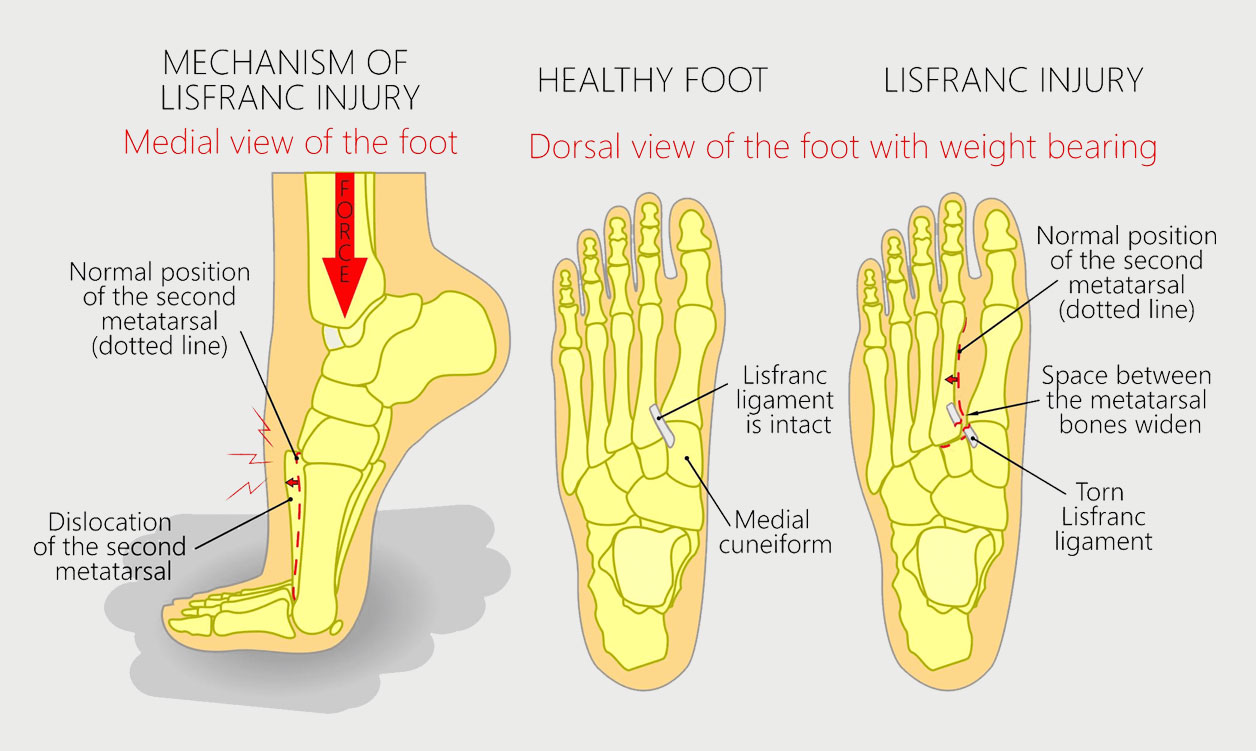
Frequently Asked Questions about Lisfranc Injuries
A Lisfranc injury is an injury to the metatarsal bones, joints, soft tissues or ligaments in the foot. Lisfranc joint injury can be caused by direct trauma such as in falls or car accidents, or by overuse injuries such as repetitive stress on the foot.
The most common symptom of a Lisfranc injury is foot pain, especially when walking or bearing weight on the foot. Other symptoms may include swelling, bruising, and difficulty moving the foot.
A Lisfranc injury is typically diagnosed through a physical examination and imaging tests, such as X-rays, MRI, or CT scans which show the alignment of the lisfranc joint complex.
Treatment for a Lisfranc fracture dislocation may include rest, ice, compression, and elevation (RICE); immobilization in a cast or boot; and physical therapy. In case of a severe injury, surgery like an internal fixation may be necessary to repair the bone, joint, or lisfranc ligament of the injured foot.
If left untreated, a Lisfranc injury can lead to chronic pain, disability, and deformity of the foot. With proper treatment, most people recover from a Lisfranc injury without any long-term effects.
There is no sure way to prevent a Lisfranc injury, but there are some things you can do to lower your risk, such as wearing proper footwear and avoiding high-impact activities.
Have you been injured at some point in your journey?
Are you not achieving your highest level of function?
We’ve helped hundreds of people at all walks in life
get back to performing their best painfree!
3 Ways to Level Up Your Rehab and Injury Prevention With Us





